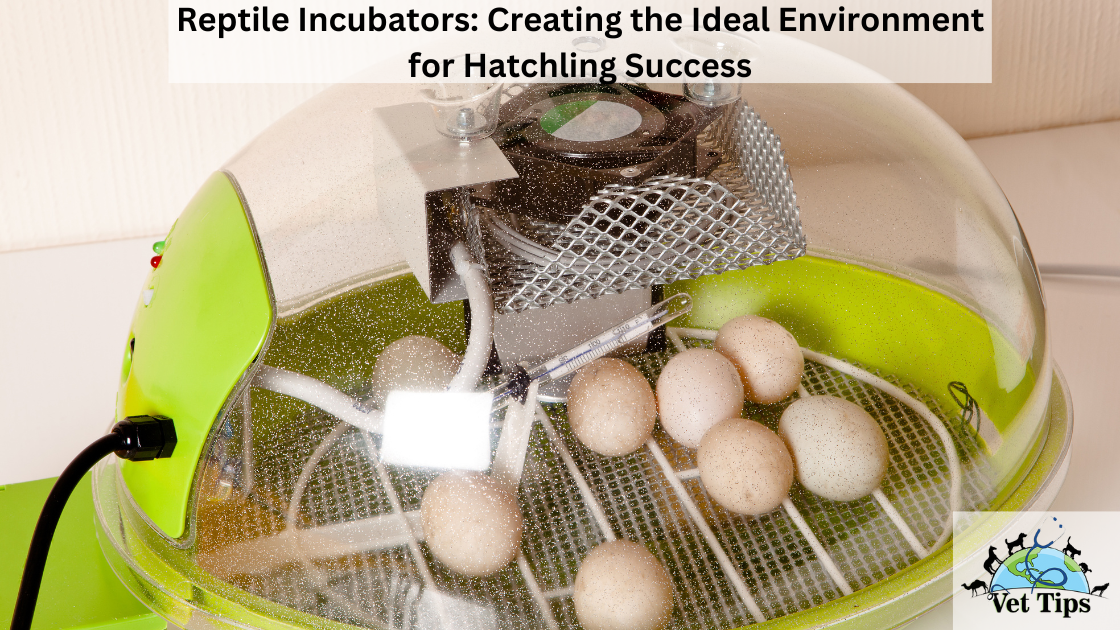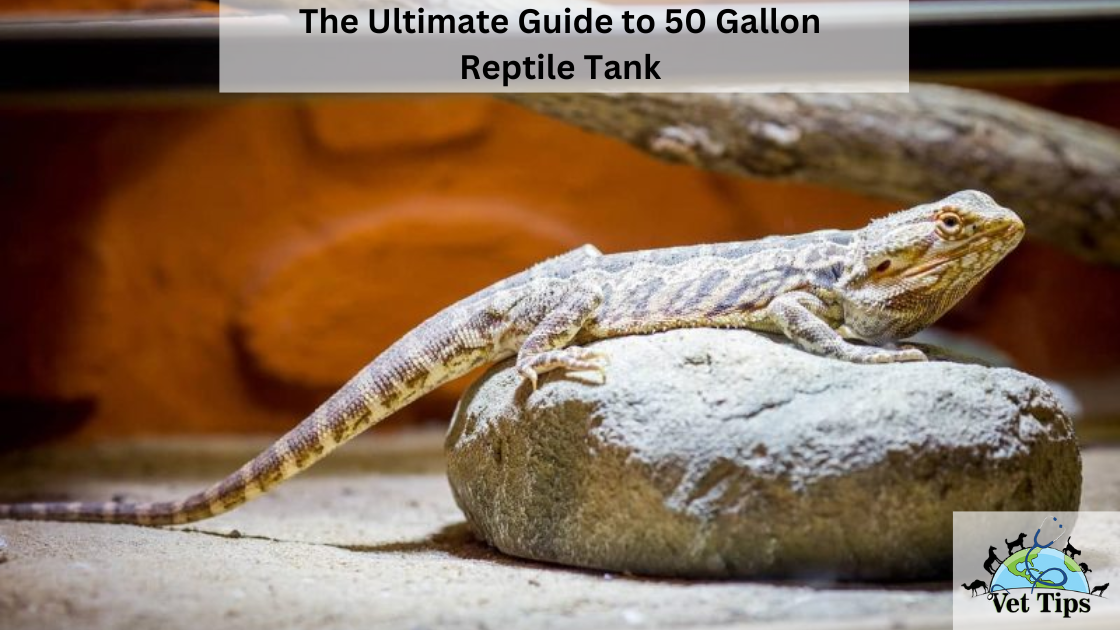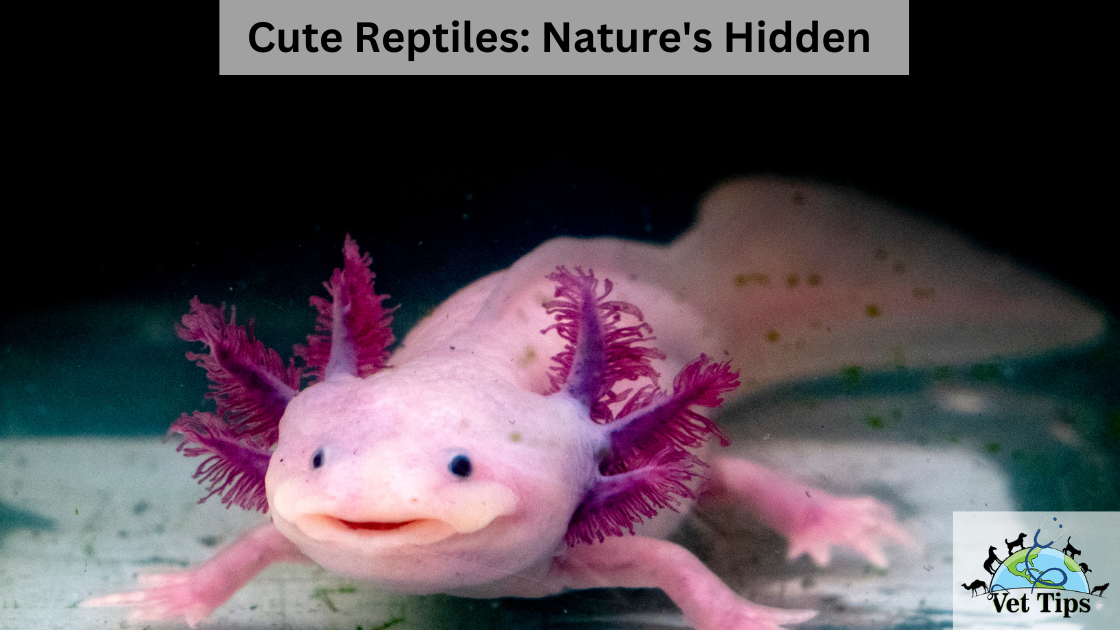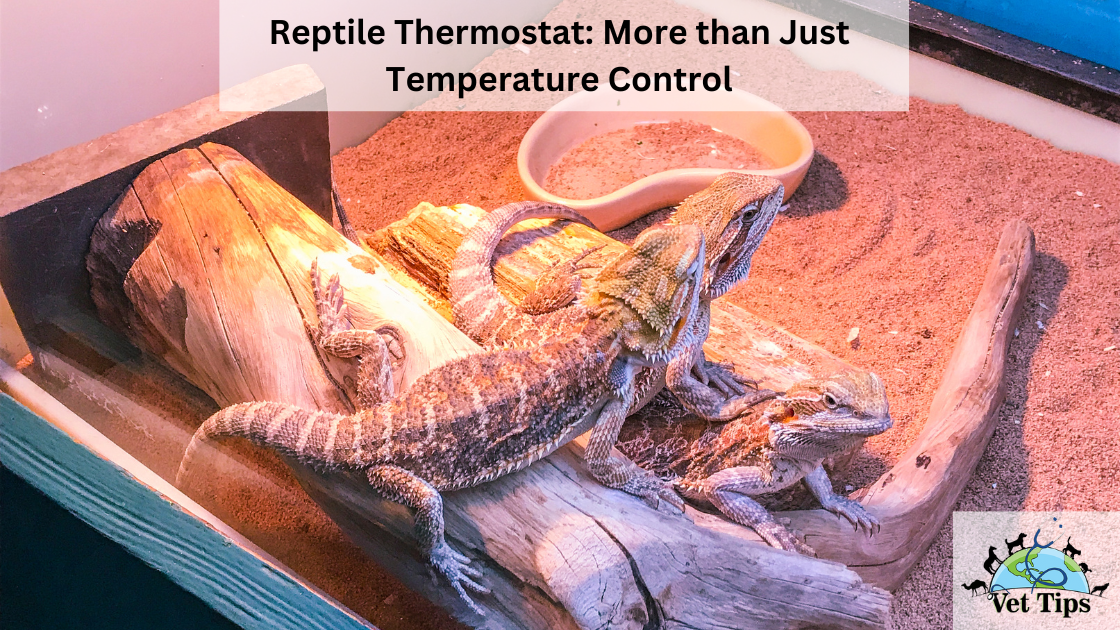The field of herpetology has undergone a sea change as a result of the invention of the reptile incubator, which has completely altered the manner in which we care for reptile eggs and hatchlings. The world of reptile incubators is a fascinating one, and this article will take you on a tour of that world. In this section, we will conduct an in-depth comparative examination of the various kinds, present illuminating graphs and tables, and respond to some often-asked concerns regarding these essential tools used in the reptile breeding community.
Comparative Analysis of Reptile Incubators
Understanding the Types of Reptile Incubators
When it comes to incubators for reptiles, the market is stocked with a wide variety of models to choose from. Each category fulfills a certain need and features its own individual mix of perks and drawbacks. Let’s look at some of the more frequent ones:
Still-Air Incubators
Many breeders of reptiles stick with the tried-and-true method of using still-air incubators. They rely on the naturally occurring convection currents to distribute the heat. There is a possibility of temperature fluctuations within the incubation chamber, despite the fact that they are normally inexpensive.
Incubators that use still air are more cost-effective, but they require careful monitoring in order to keep the temperature uniform throughout the incubator.
Forced-Air Incubators
Incubators with forced air have fans that circulate warm air uniformly across the incubation chamber. This results in a temperature that is more consistent from one side to the other. These are ideal for temperature control that is extremely accurate.
Because of their greater temperature constancy, forced-air incubators are ideally suited for incubating reptile eggs, which need very specific environmental conditions in order to hatch successfully.
DIY Incubators
Some people who are passionate about reptiles choose to construct their own incubators out of materials that are easily accessible. These do-it-yourself configurations could save money, but they might not have the accuracy of the alternatives that are commercially accessible.
Although do-it-yourself incubators might be a more cost-effective option, they sometimes lack the sophisticated functions and temperature control offered by specialist reptile incubators.
Commercial Incubators
In commercial settings, eggs laid by reptiles are incubated in incubators that are purpose-built for the purpose of hatching reptiles and come with built-in temperature and humidity controls. They are the product of choice for breeders who take their work seriously.
Because they provide the highest degree of control and dependability, commercial incubators are the product of choice for professionals who specialize in the breeding of reptiles.

The Importance of Temperature and Humidity Control
Controlling the temperature and humidity during the incubation of reptiles is an essential step. Let’s take a more in-depth look at the relevance of what they are:
Temperature Control
Incubation can only be effective if the temperature is kept constant during the process. Most egg-laying reptiles have a certain temperature range in which they mature to their full potential.
A reduction in the likelihood of developmental problems occurring as a result of improper temperature regulation helps guarantee that reptile embryos develop in accordance with the needs that are particular to their species.
Humidity Control
Incubation of reptile eggs also depends heavily on the relative humidity of the environment. Eggs can dry out if there is not enough humidity in the air, while an abundance of humidity can contribute to the formation of mold.
It is vital to regularly monitor and regulate the humidity levels in order to protect reptile eggs from being dehydrated or developing mold.
Tables: Visualizing Reptile Incubation Data
Table 1: Different Types of Incubators and Their Features
| Incubator Type | Temperature Control | Humidity Control | Cost | Precision |
| Still-Air | Manual adjustment | Limited | Low | Moderate |
| Forced-Air | Automatic | Moderate | Moderate | High |
| Commercial | Automatic | High | High | Very High |
This table gives a side-by-side comparison of commercial, forced-air, and still-air incubators, highlighting the important characteristics, advantages, and disadvantages of each type of incubator.
FAQ’s about Reptile Incubators
In this section, we will discuss some of the most commonly asked questions regarding reptile incubators:
How Do I Determine Which Incubator Is Appropriate for My Reptiles?
Choose an incubator that meets the requirements of the particular reptile species you intend to incubate, provides accurate temperature and humidity control, and is within your financial means.
Incubating reptiles: What temperature range is ideal?
The ideal temperature range for a species might vary, but it’s usually anywhere between 80 and 90 degrees Fahrenheit (27 and 32 degrees Celsius). For a complete list of needs, please see the species-specific recommendations.
Is it possible for me to successfully use an incubator that I created myself?
Incubators that have been constructed at home are capable of functioning, although they frequently lack the accuracy and consistency of commercial ones. There is a possibility that they are appropriate for amateurs, but it is not advised that they be used for professional breeding.
How frequently should I check on the incubator while it’s doing its thing?
It is vital to perform routine monitoring, particularly of the temperature and humidity levels. Check on it at least twice a day to make sure everything is in good shape.
What Steps Should I Take in the Event That the Temperature or Humidity of My Incubator Varies?
If you observe any variations, you should make the required modifications as soon as possible. Make sure the incubator is kept in a consistent atmosphere that is free from draughts and temperature swings.
Is It Possible to Use the Same Incubator to Care for the Eggs of Several Different Species of Reptiles?
In general, this is not something that is advised, given that many species might have quite specific requirements for temperature and humidity. Incubation findings might suffer when several species are mixed together.
Typically, how long does it take for reptiles to incubate their eggs?
The time it takes for an egg to hatch is dependent on the species, although it can last anywhere from a few weeks to many months. For the most correct time, consult the rules that are particular to the species.
What Indicates That Eggs Are Almost Ready to Hatch? What Are the Signs?
The presence of increased humidity within the egg container, visible movement or “pipping” of the eggs, and occasionally audible chirping from the hatchlings themselves are all indicators that the eggs are about to hatch.
What Steps Should I Take Once the Newborn Chicks Have Emerged?
After the hatchlings have emerged from their eggs, place them in a cage that meets the needs of their species in terms of environmental factors like as temperature, humidity, and UVB illumination.
Conclusion
Nurturing the Future of Reptiles
The introduction of incubators was a significant step forward in the field of reptile rearing. Understanding the subtleties of reptile incubation is vital for the success and well-being of these wonderful creatures, regardless of whether you are a breeder who is committed to their work or a hobbyist who is enthusiastic about their pastime. You may play a significant part in guaranteeing the continued existence of a variety of reptile species by selecting the appropriate incubator, keeping the surrounding environment under exactingly controlled conditions, and attentively monitoring the incubation process. Therefore, you may confidently begin on your adventure to incubate reptiles, knowing that you are making a contribution to the conservation and spread of these magnificent creatures.
Tell us in the comments, how you like our article “Reptile Incubators: Creating the Ideal Environment for Hatchling Success”
For similar posts like this, click here.
For the source file, click here.




